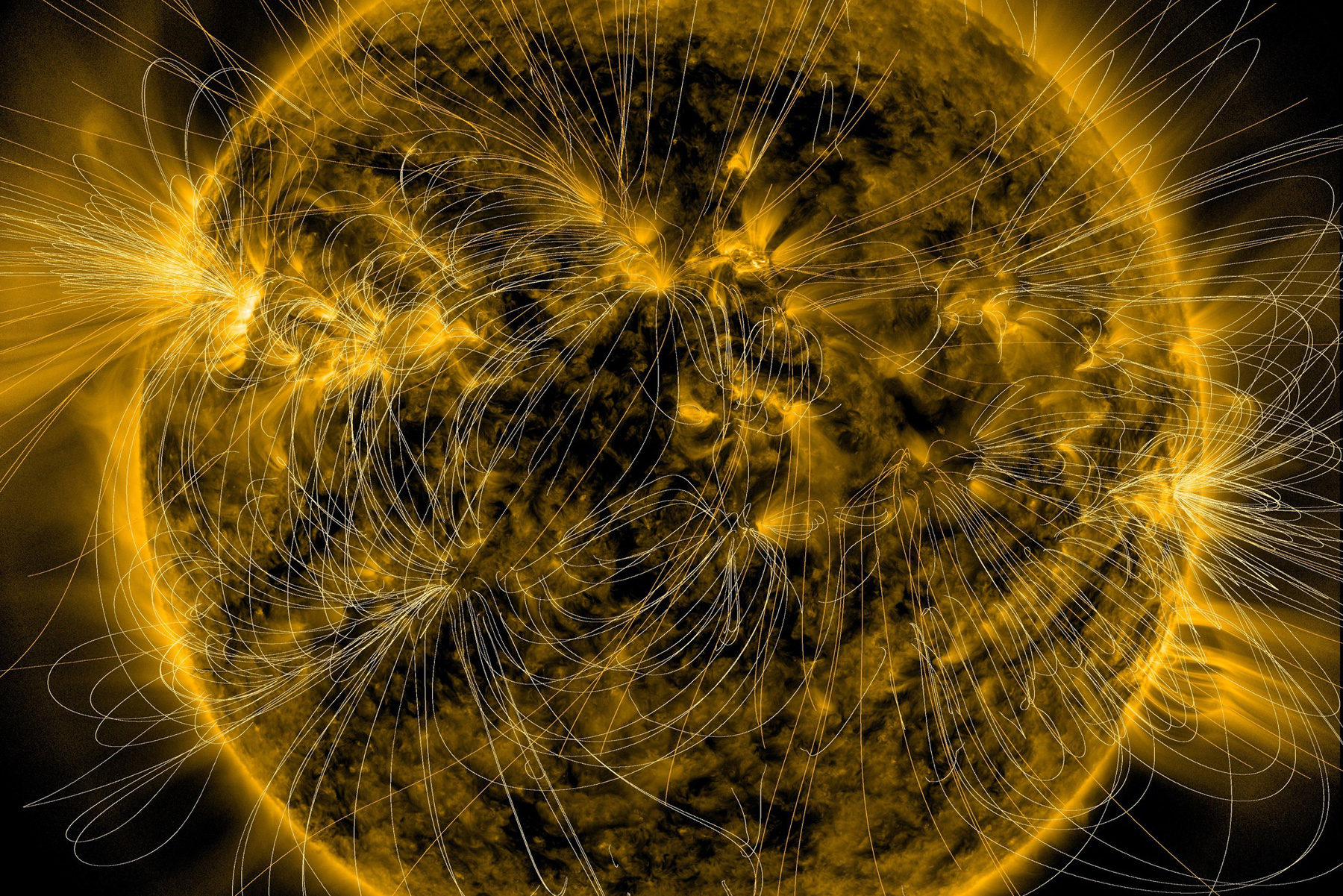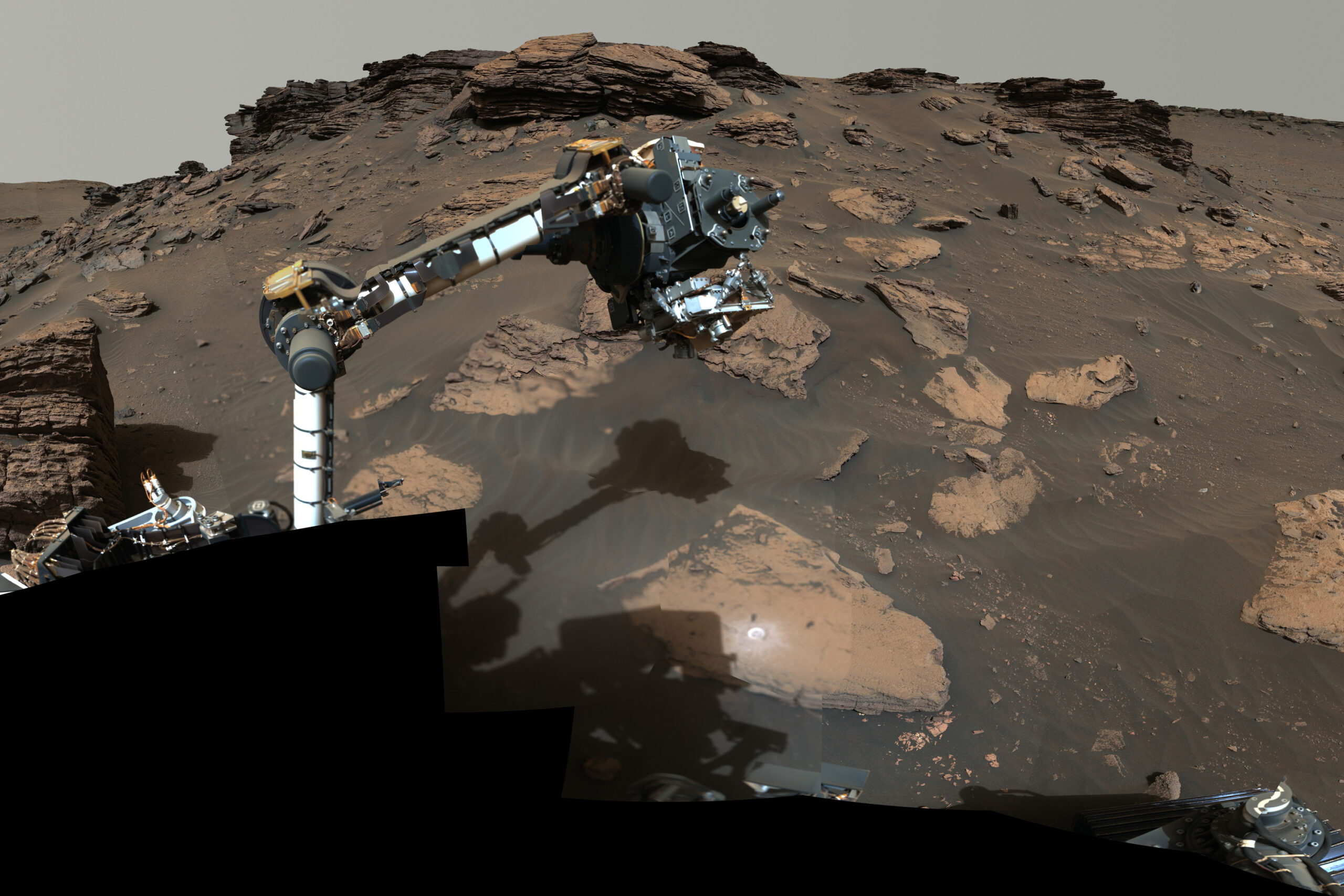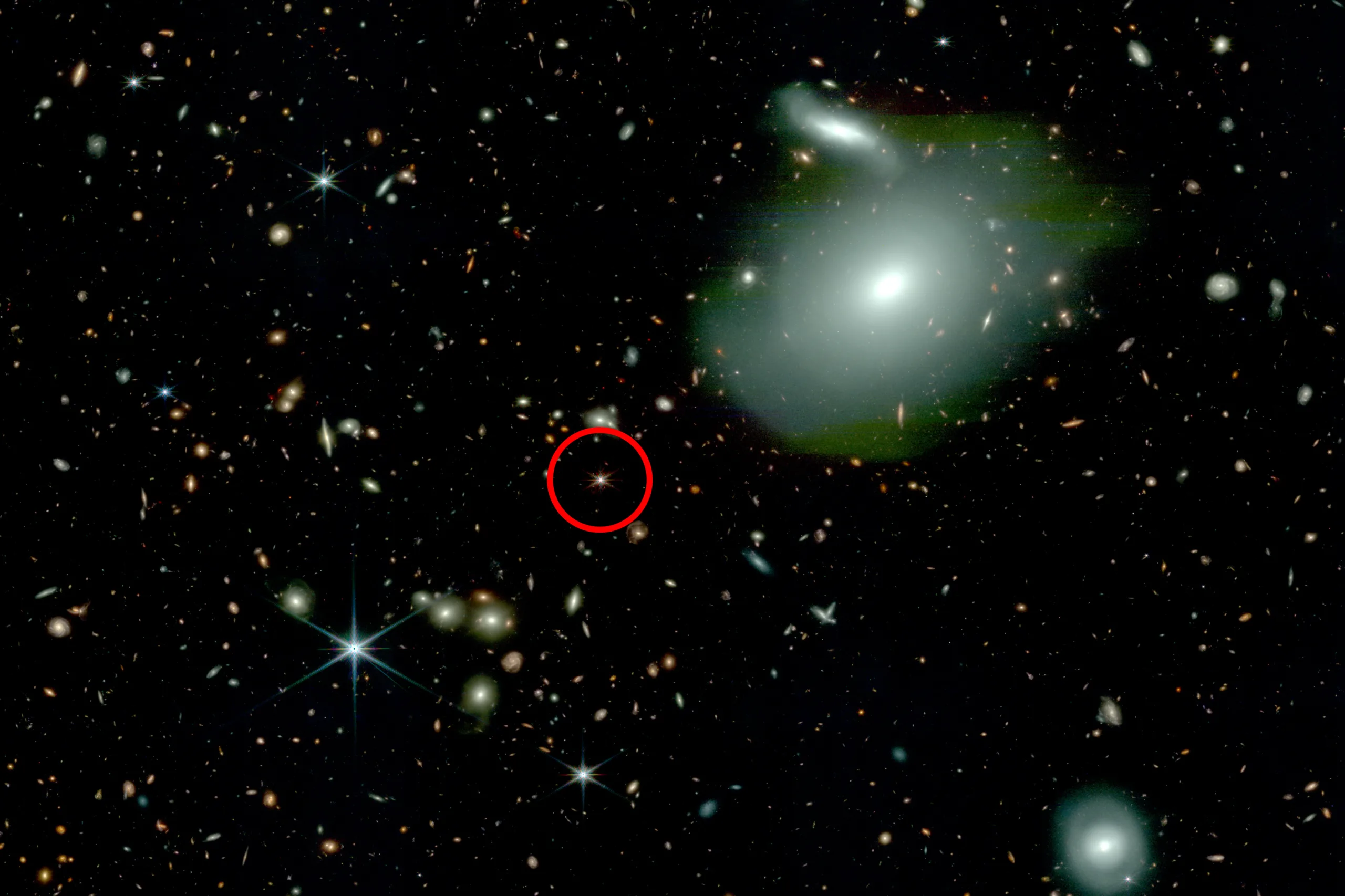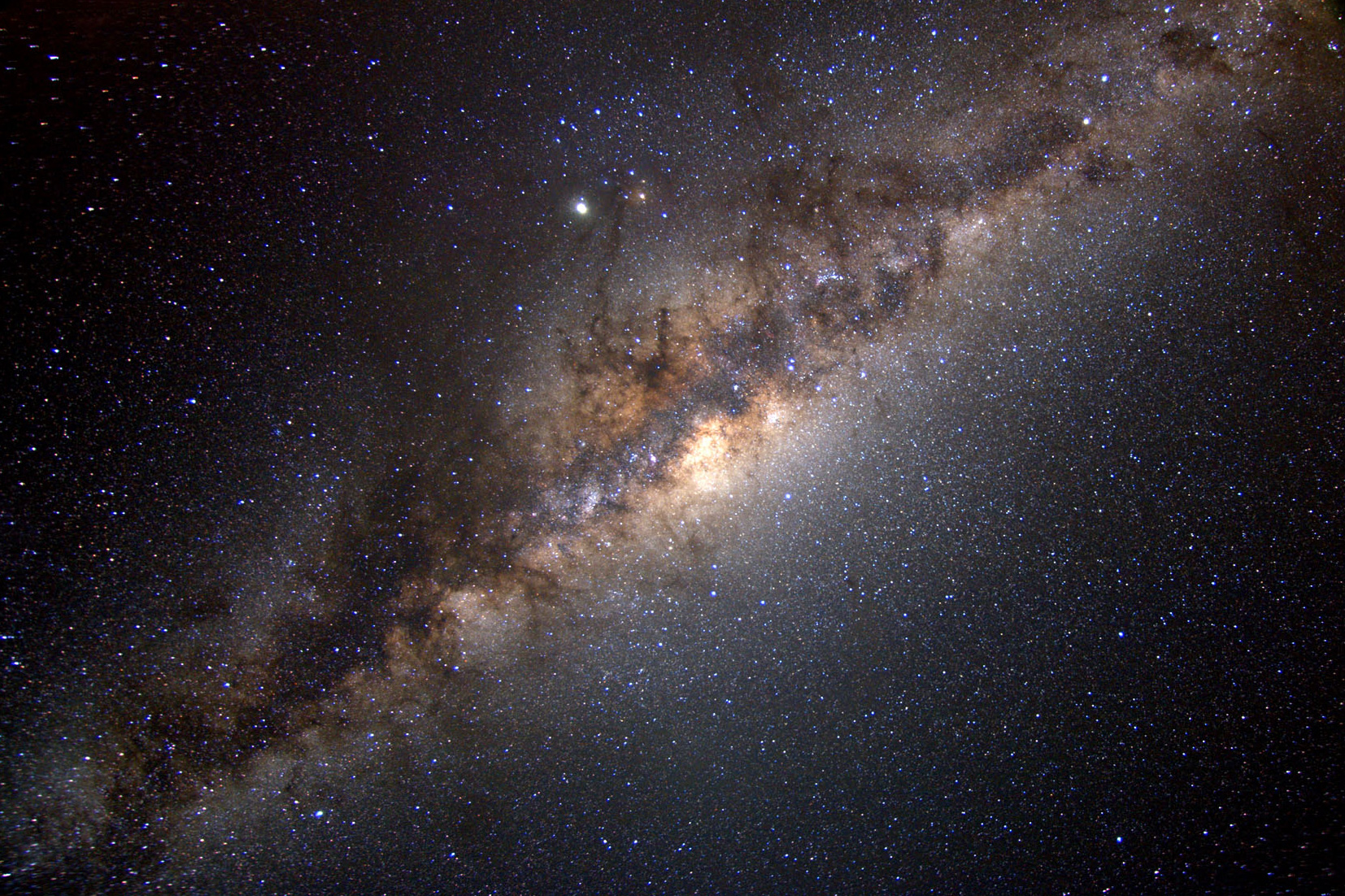The sun’s surface captivates us with its dazzling display of sunspots and flares, all driven by the solar magnetic field. This field, traditionally believed to develop deep within the sun, may instead be influenced by processes occurring much closer to the surface, according to groundbreaking research from MIT.
In a recent study published in Nature, a team of astrophysicists from MIT, the University of Edinburgh, and related institutions, reveals that the solar magnetic field may emerge from instabilities in the sun’s outer layers rather than its interior.
The researchers crafted an accurate model of the sun’s surface, simulating various changes in plasma flow within the top 5 to 10 percent of the sun. The results were striking: these surface-level alterations produced magnetic field patterns closely resembling those observed astronomically. Conversely, simulations of deeper layers generated less realistic solar activity.
“The features that we observe on the sun, such as the corona, sunspots, and solar flares, are all linked to its magnetic field,” explains Keaton Burns, a research scientist in MIT’s Department of Mathematics. “Our findings indicate that localized perturbations near the sun’s surface can evolve over time, potentially forming the magnetic structures that we see.”
If the sun’s magnetic field originates from its upper layers, it could enhance scientists’ ability to predict solar flares and geomagnetic storms—phenomena that pose risks to satellites and telecommunications.
Geoffrey Vasil, a co-author of the study and researcher at the University of Edinburgh, elaborates: “We know the dynamo functions like a complex clock with numerous interacting components. However, we are still uncovering many of those pieces. This novel perspective on solar dynamo action is vital for better understanding and forecasting.”
The research team also included experts such as Daniel Lecoanet and Kyle Augustson from Northwestern University, alongside others from Bates College, the University of Colorado at Boulder, and the University of California at Santa Cruz.
Understanding the Sun’s Flow
The sun is a scorching ball of plasma, exhibiting constant boiling activity on its surface, known as the “convection zone.” This dynamic region constitutes the outer one-third of the sun’s radius, extending around 200,000 kilometers beneath the surface.
“A fundamental requirement to initiate dynamo action is having a region where plasma flows past other plasma, with shearing motions converting kinetic energy into magnetic energy,” Burns elucidates. “Current theories maintain that the sun’s magnetic field develops from movements at the base of the convection zone.”
To determine the true origin of the sun’s magnetic field, various scientists have previously deployed extensive 3D simulations at supercomputing facilities, attempting to map the plasma flows through the sun’s interior. However, these simulations often fall short of capturing the immense turbulence displayed by the sun.
Instead of delving into the complex plasma flow throughout the entire solar body, Burns and his colleagues analyzed the stability of plasma flow nearer to the surface. They harnessed data drawn from “helioseismology,” utilizing observable vibrations on the sun’s surface to decode the average structure and flow of plasma underneath.
“Think of it like capturing a slow-motion video of a drum and analyzing its vibrations to discern the shape and properties of the drumhead,” Burns suggests. “In a similar fashion, we analyze solar vibrations to deduce the internal structure.”
Patterns in Plasma Flow
The researchers compiled models of the sun’s structure based on helioseismic data. “These average flows resemble an onion, with layers of plasma rotating independently,” Burns continues. “We then sought tiny disturbances, or perturbations, to superimpose atop this average structure, discerning if they would amplify to produce the sun’s magnetic field.”
To detect such patterns, the team utilized the Dedalus Project—a numerical framework devised by Burns that simulates various fluid flows accurately. This framework has broader applications, from cellular dynamics to large-scale ocean and atmospheric interactions.
The team developed algorithms incorporated into Dedalus to identify self-enhancing changes in the sun’s surface flows. Their investigations unveiled new patterns that can grow, resulting in realistic solar activity reminiscent of sunspots observed since Galileo first documented them in 1612.
Sunspots manifest as transient features on the sun’s surface, believed to be shaped by its magnetic field. These relatively cooler areas appear as dark spots against the sun’s dazzling surface, cycling through growth and decline roughly every 11 years and typically occurring near the equator.
In their simulations, the researchers discovered that specific modifications in plasma flow at the sun’s surface could generate magnetic structures aligned with observed sunspots, while deeper layers yielded less accurate magnetic fields concentrated near the poles.
The team was encouraged to investigate surface flow patterns because they reflected the unstable plasma flows found in accretion disks around black holes. Driven by “magnetorotational instability,” these disks experience turbulence in their flow, drawing matter inwards.
Burns and colleagues posited that a comparable phenomenon might occur within the sun, with magnetorotational instability in its outer layers potentially serving as the initial catalyst for generating the sun’s magnetic field.
“This result could provoke debate,” Burns acknowledges. “The majority of researchers have focused on dynamo action occurring deep within the sun, but our findings indicate a distinct mechanism more consistent with observations.” The team continues to explore whether these new surface field patterns can effectively generate individual sunspots and contribute to the sun’s 11-year solar cycle.
“This is not the definitive answer to the question,” asserts Steven Balbus, professor of astronomy at Oxford University and not involved in the research. “Nevertheless, it is an intriguing and promising direction for further investigation. The findings are highly suggestive, presenting a novel approach that diverges from established theories. When traditional wisdom has proven unfruitful over time, innovative solutions, like this one, become essential.”
This research received partial support from NASA.
Photo credit & article inspired by: Massachusetts Institute of Technology



